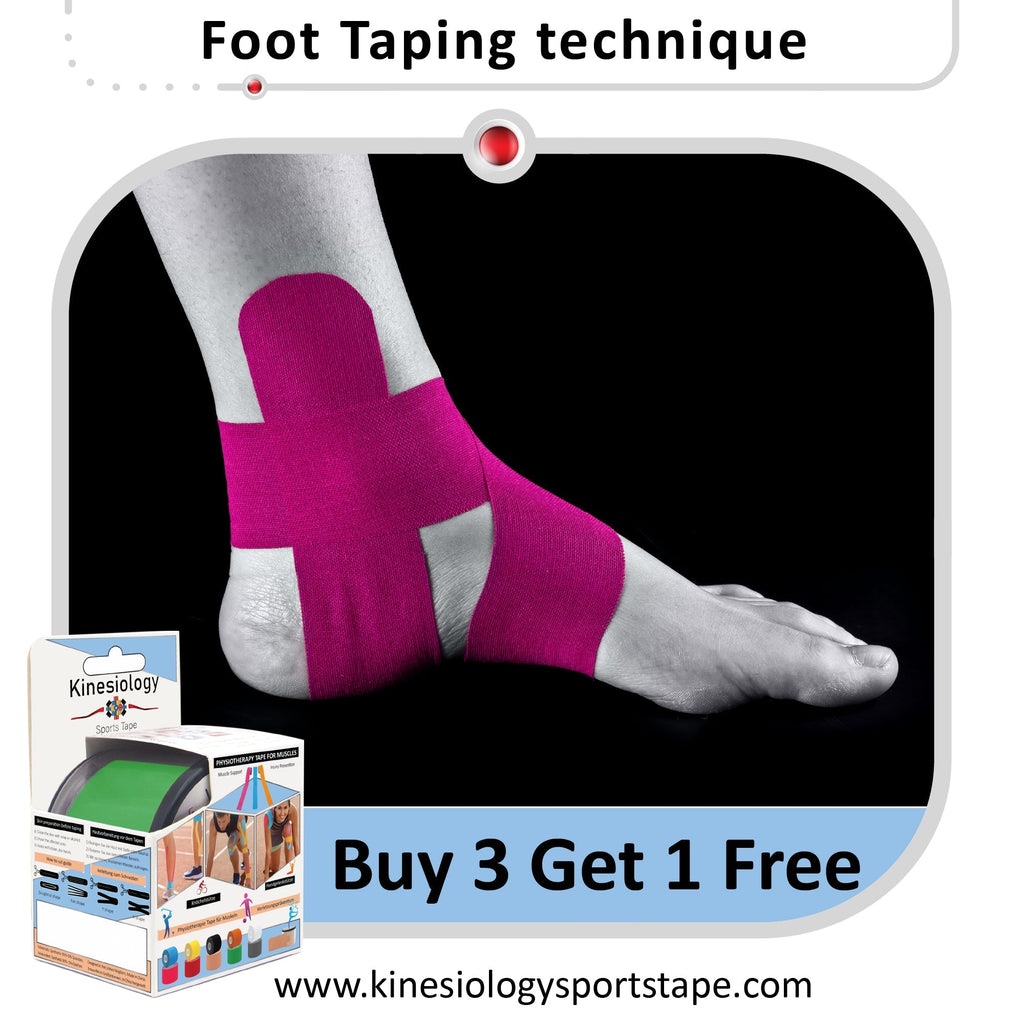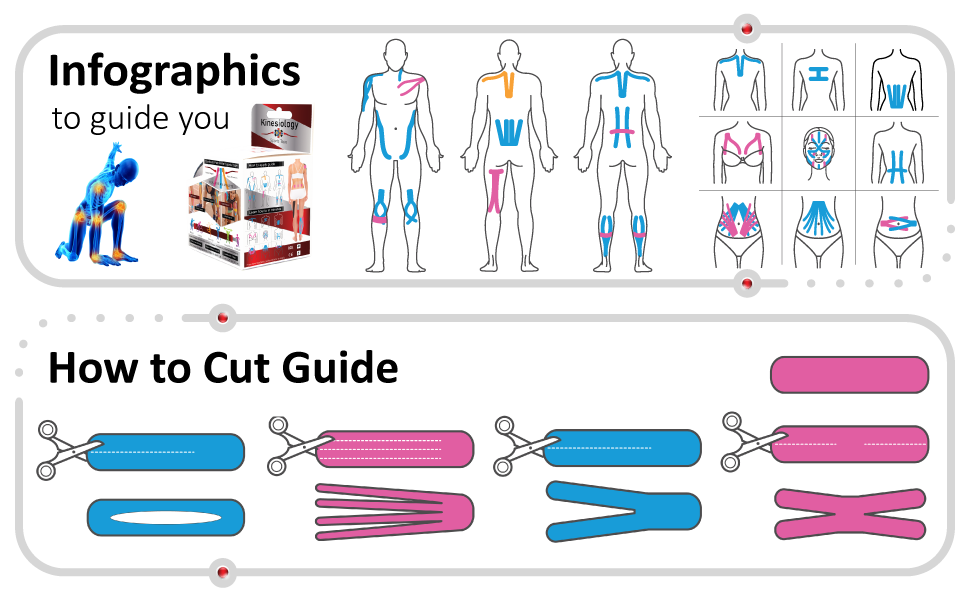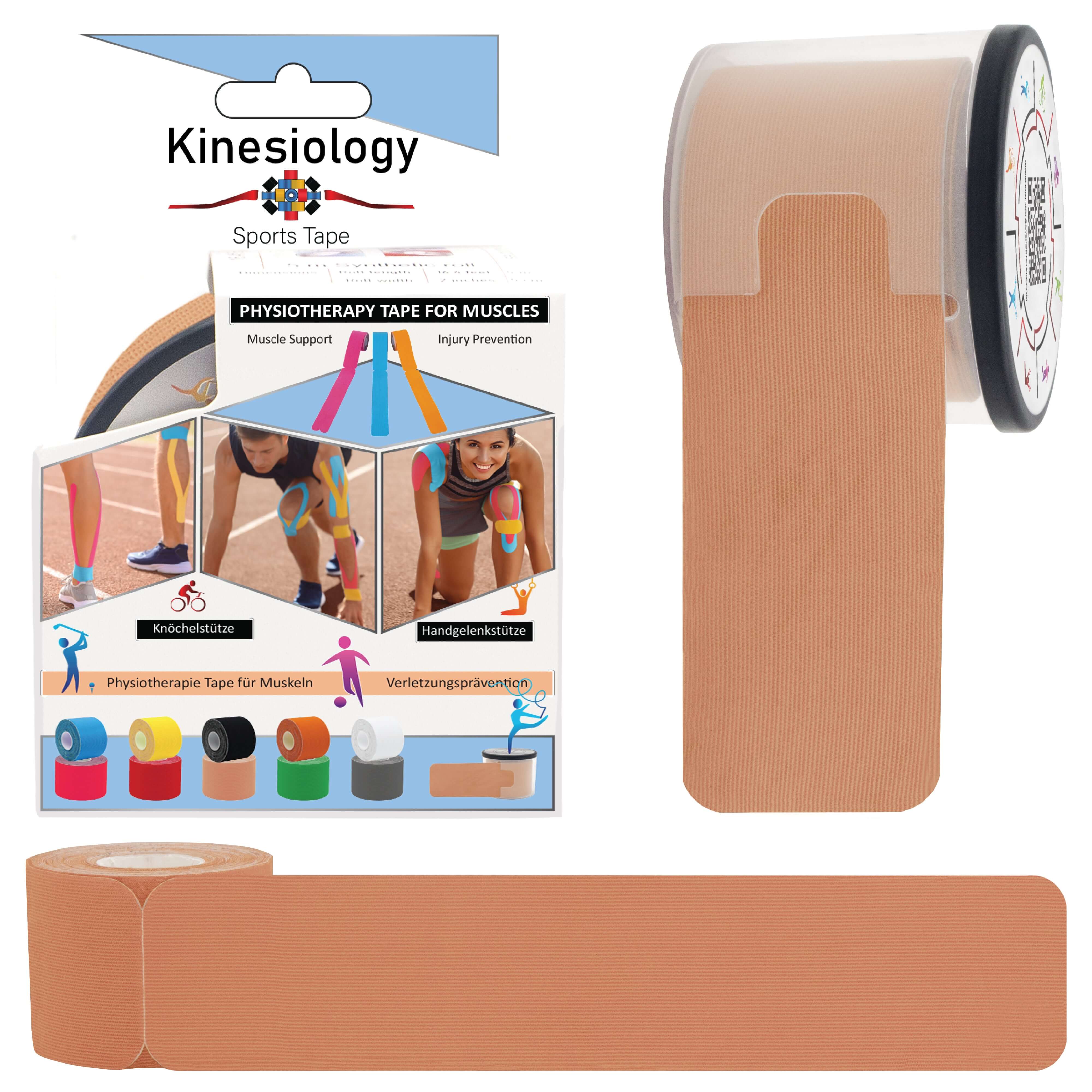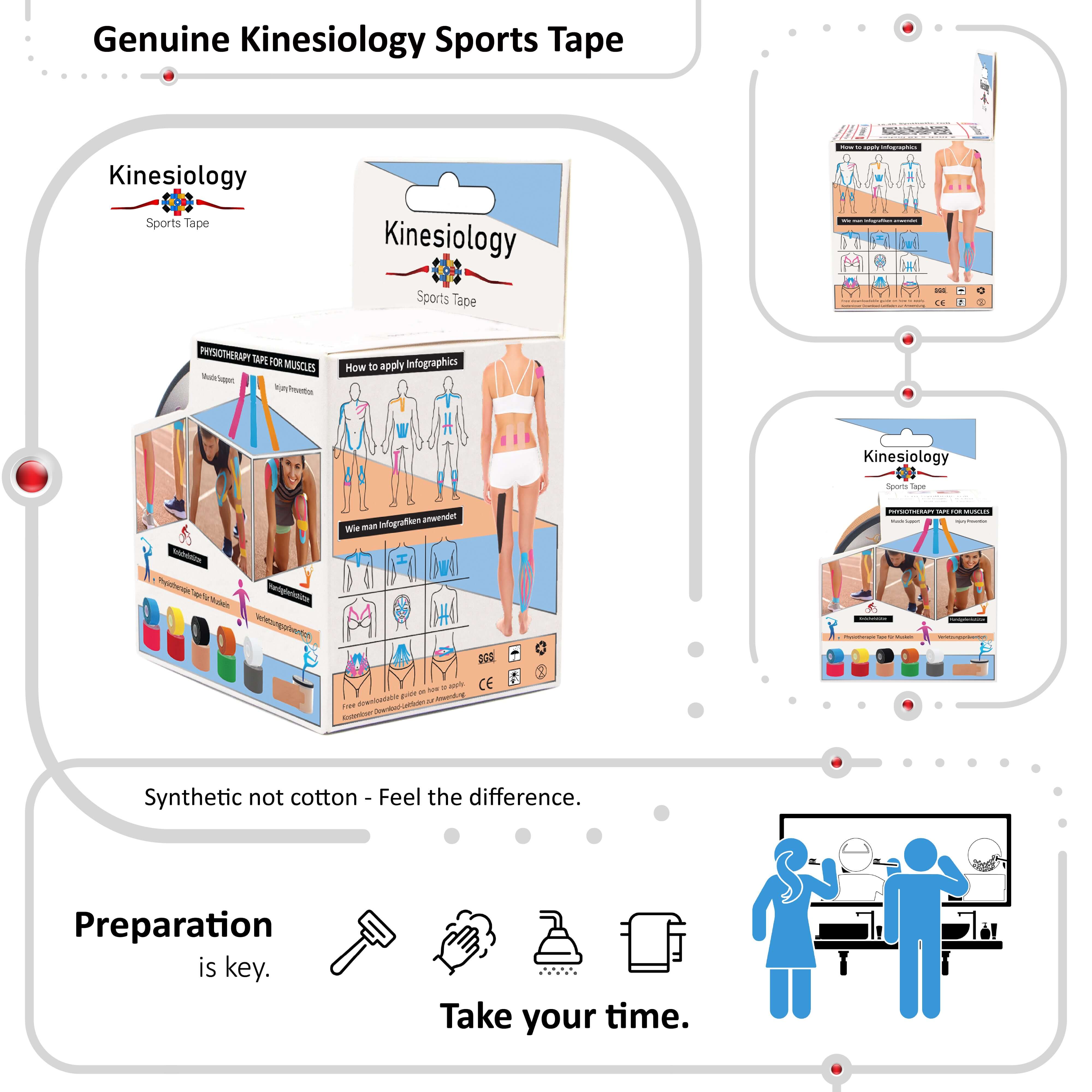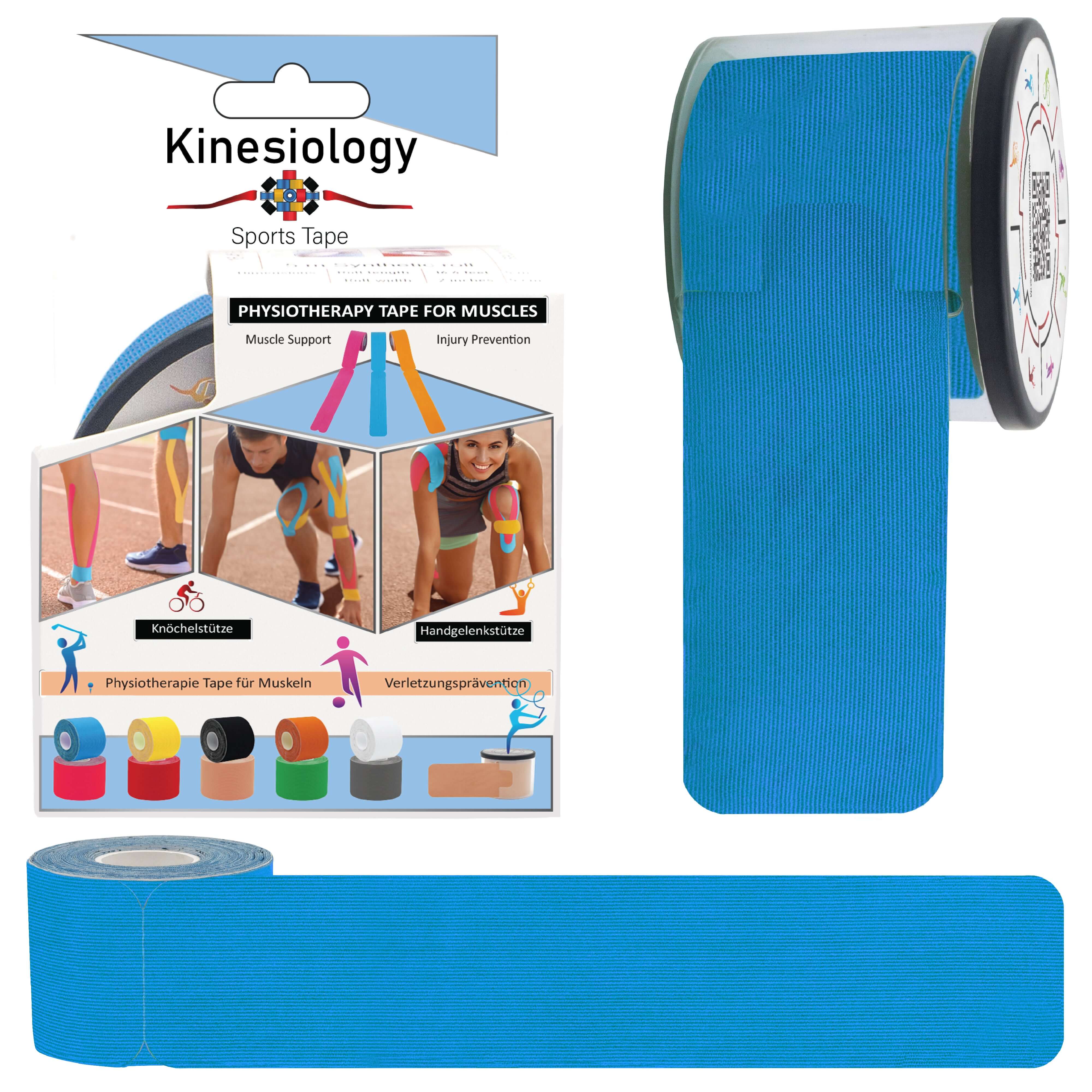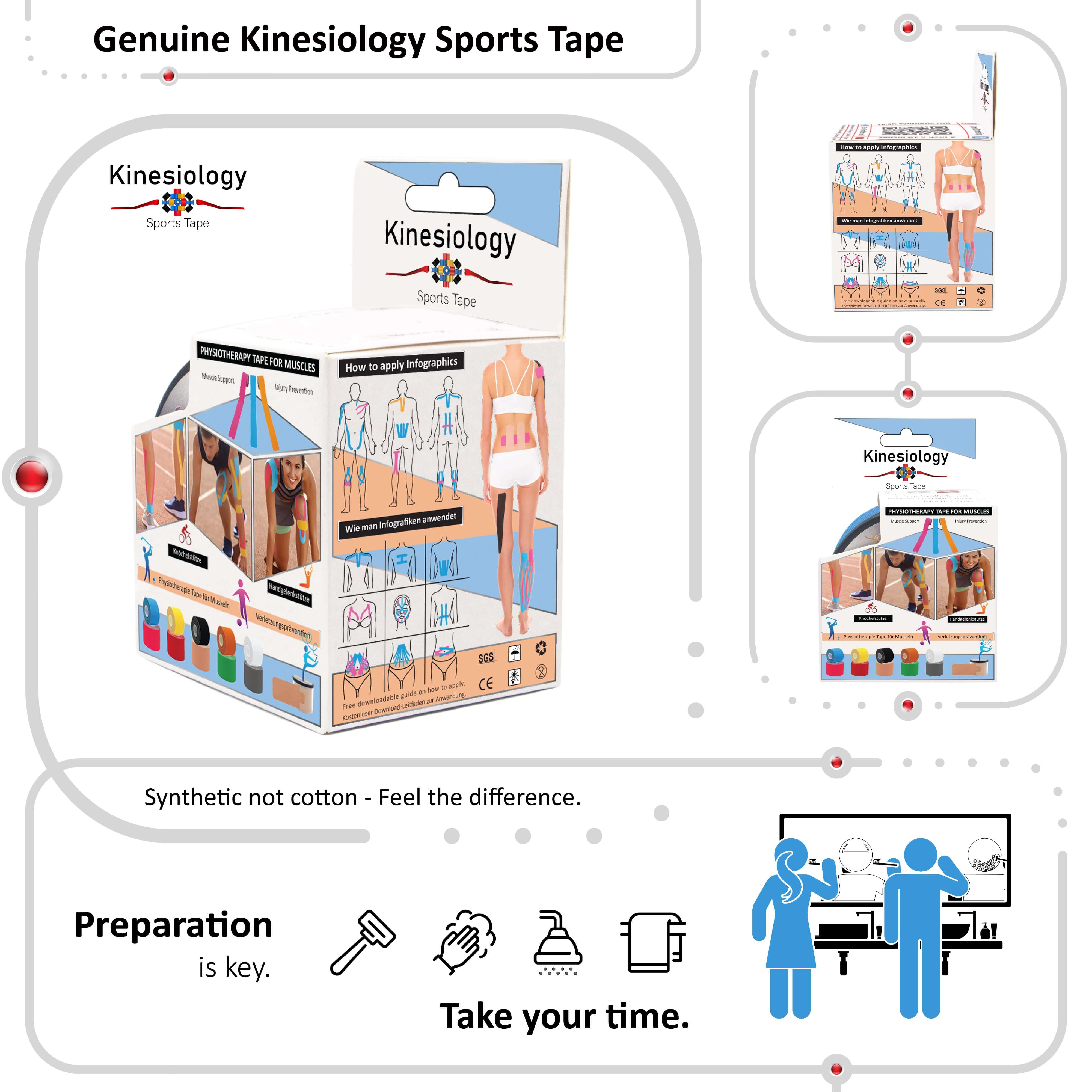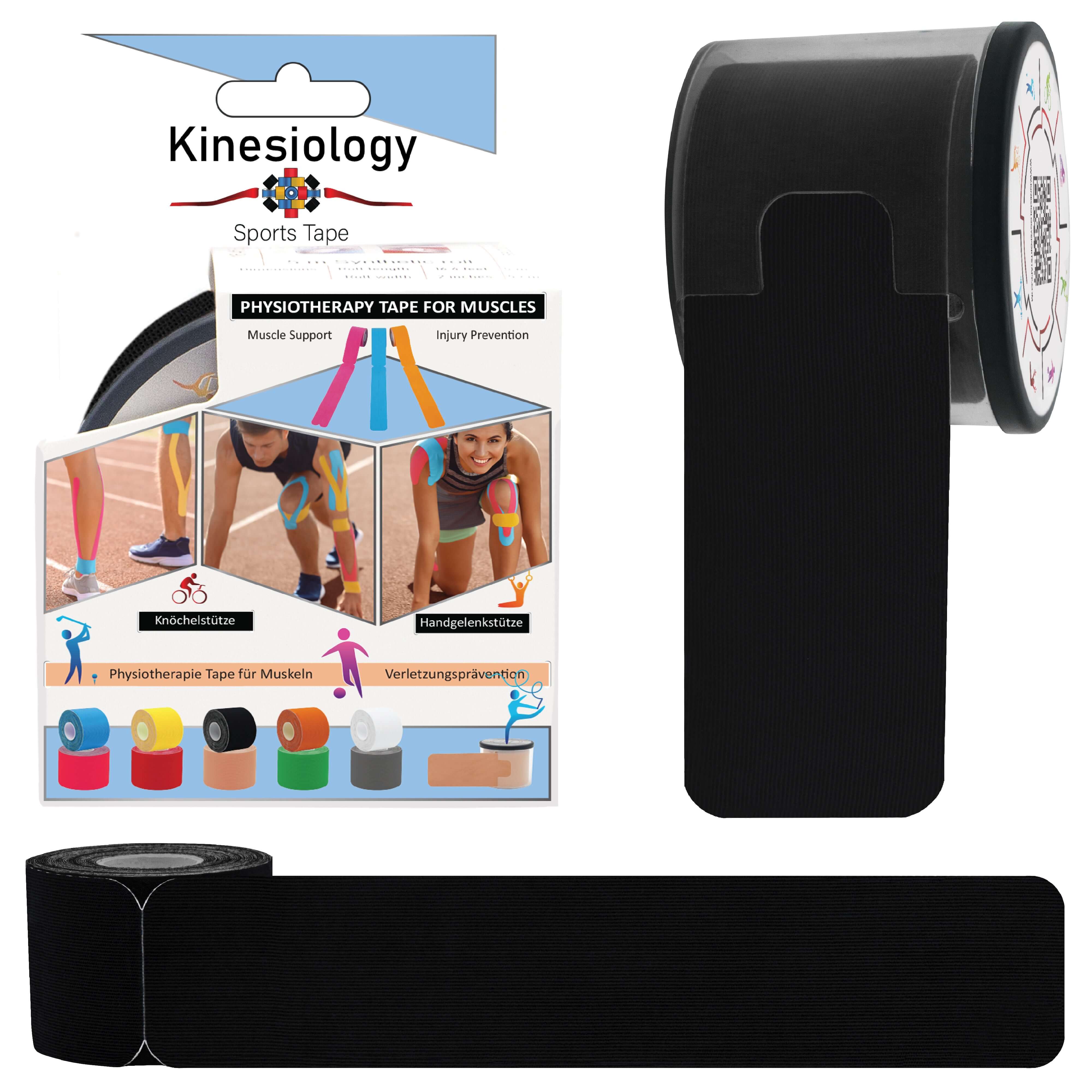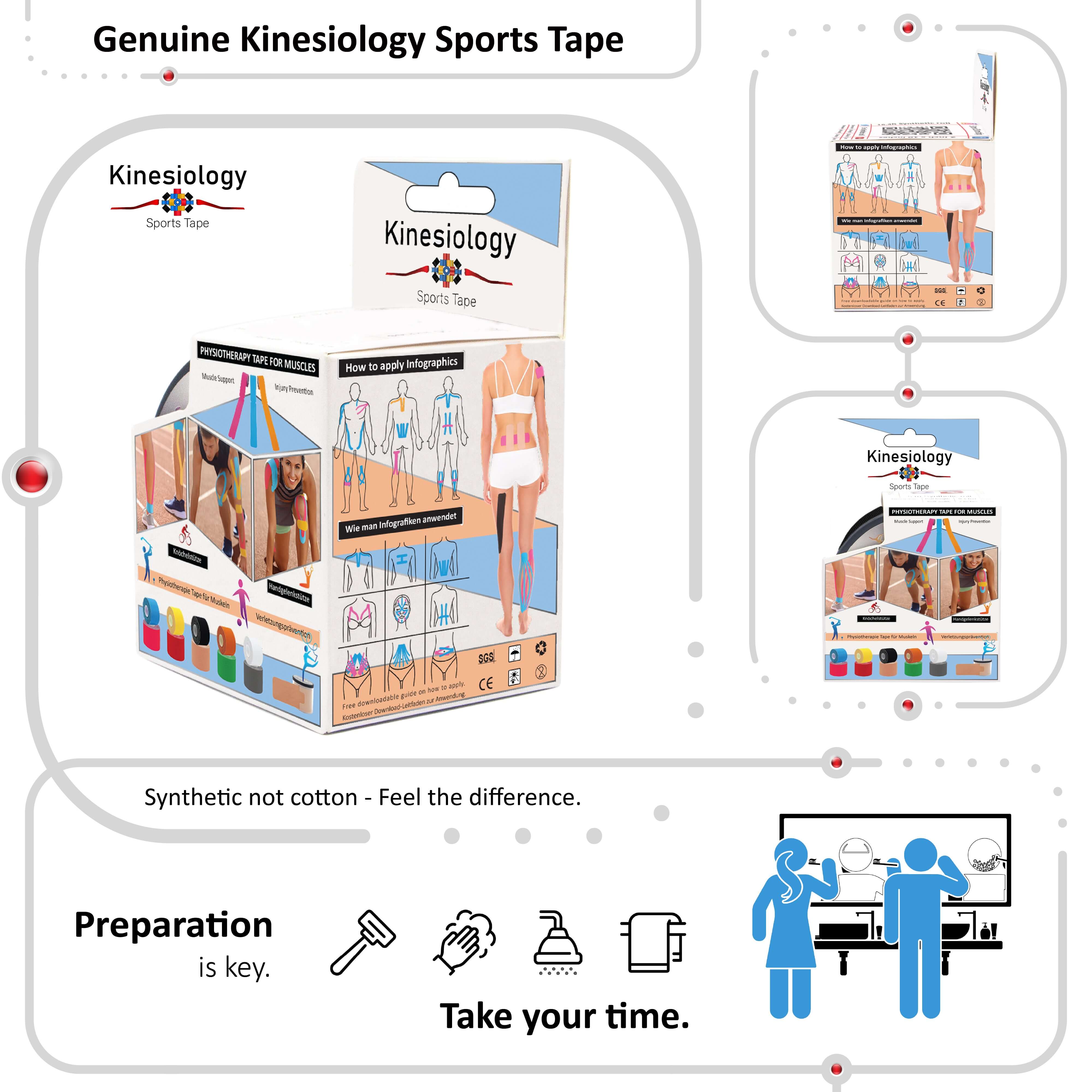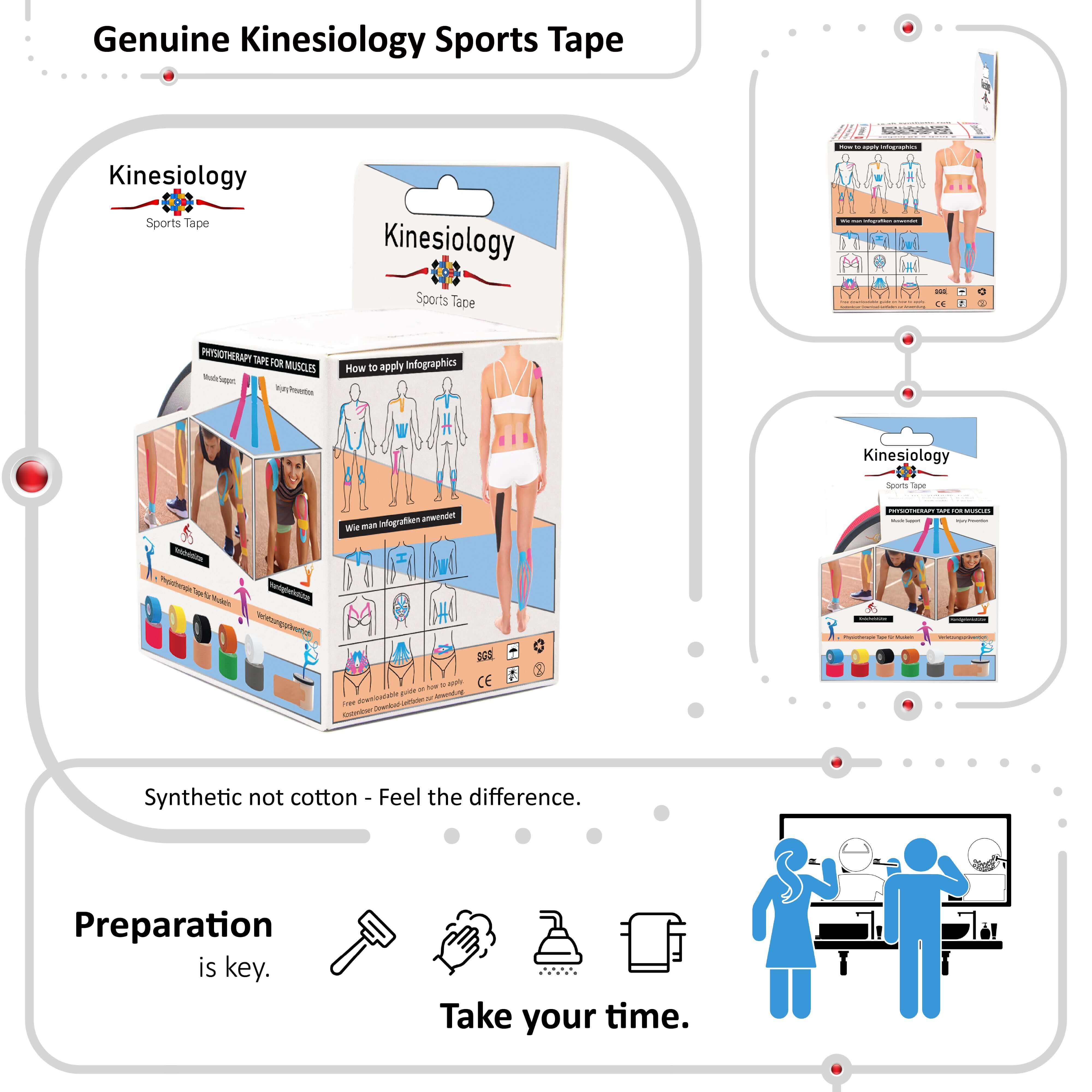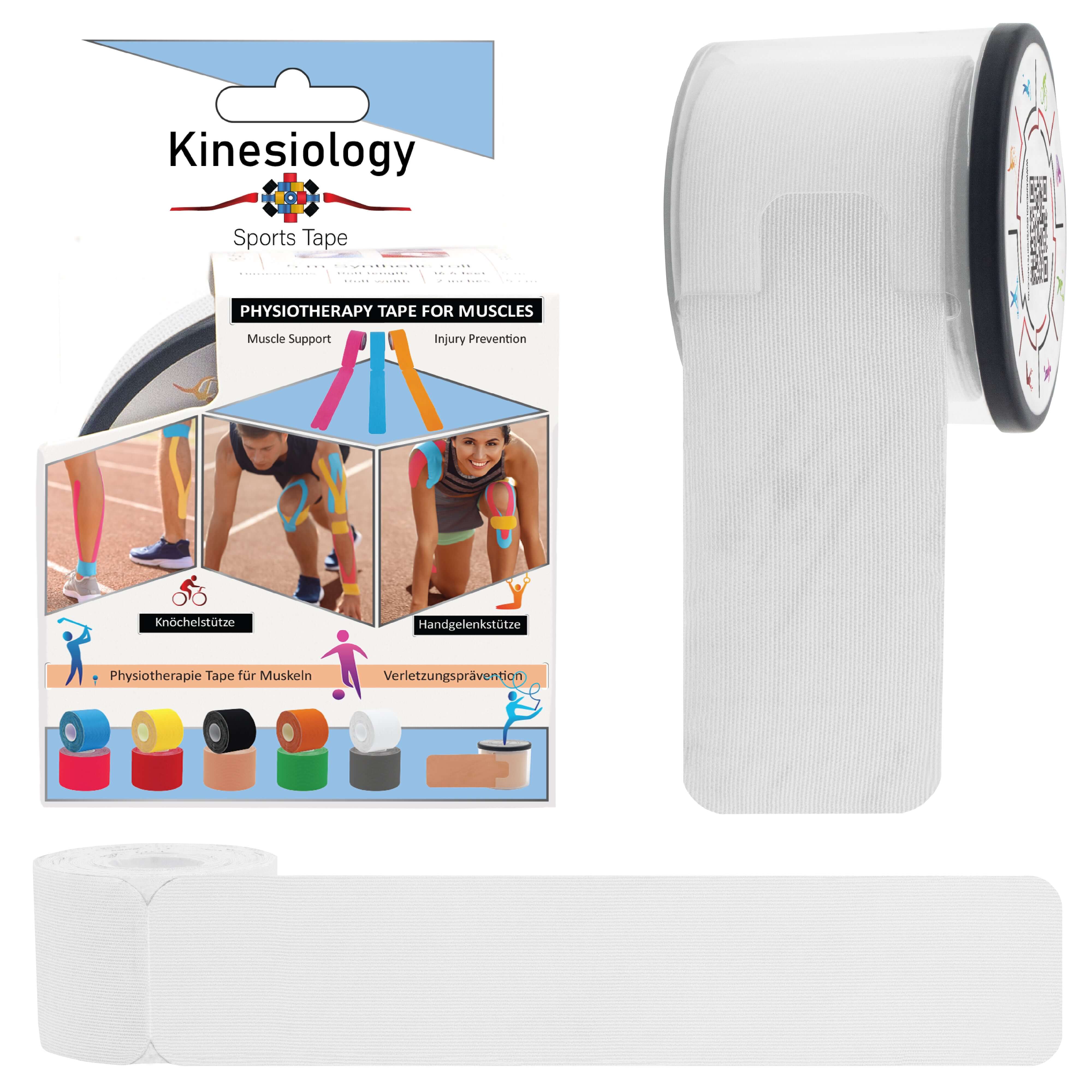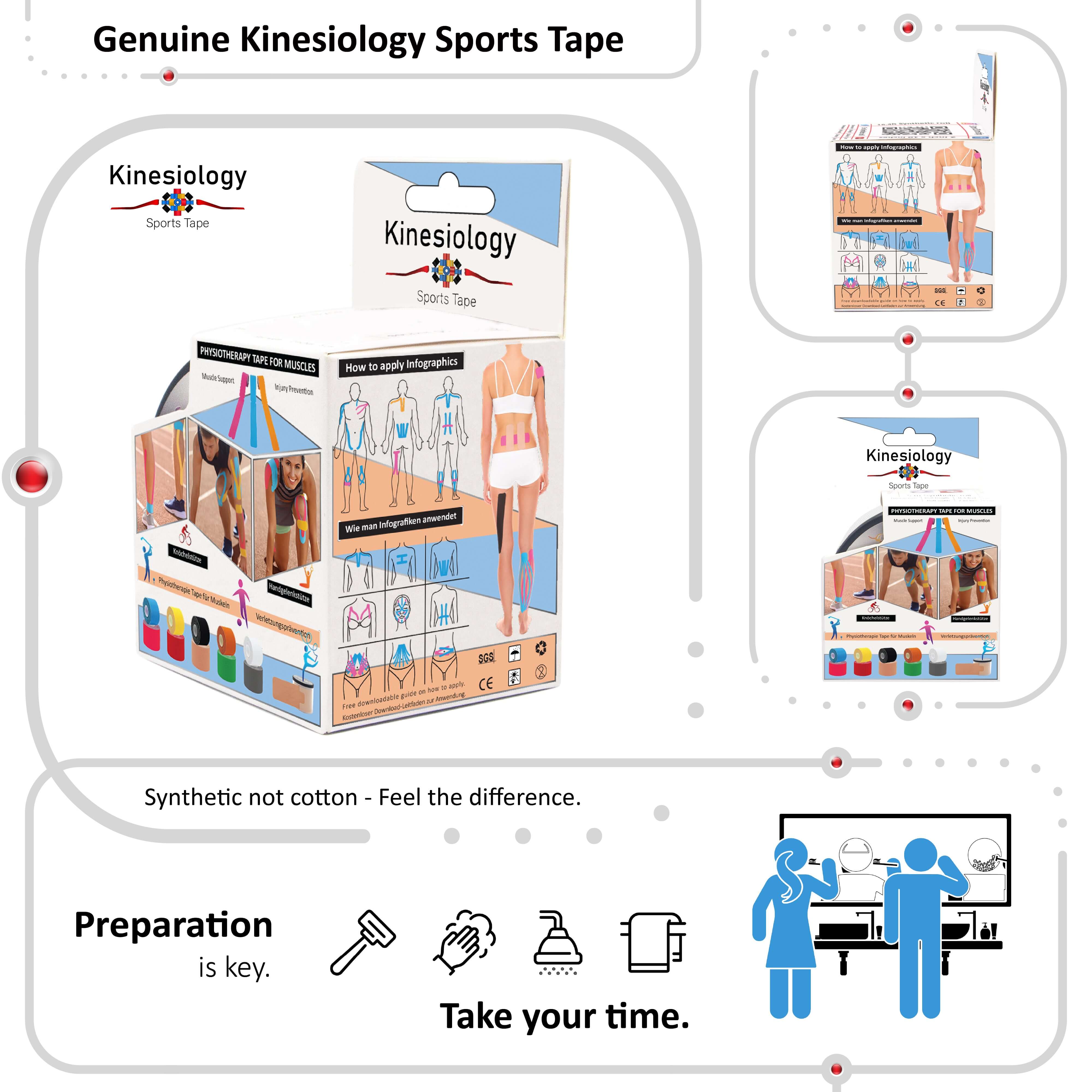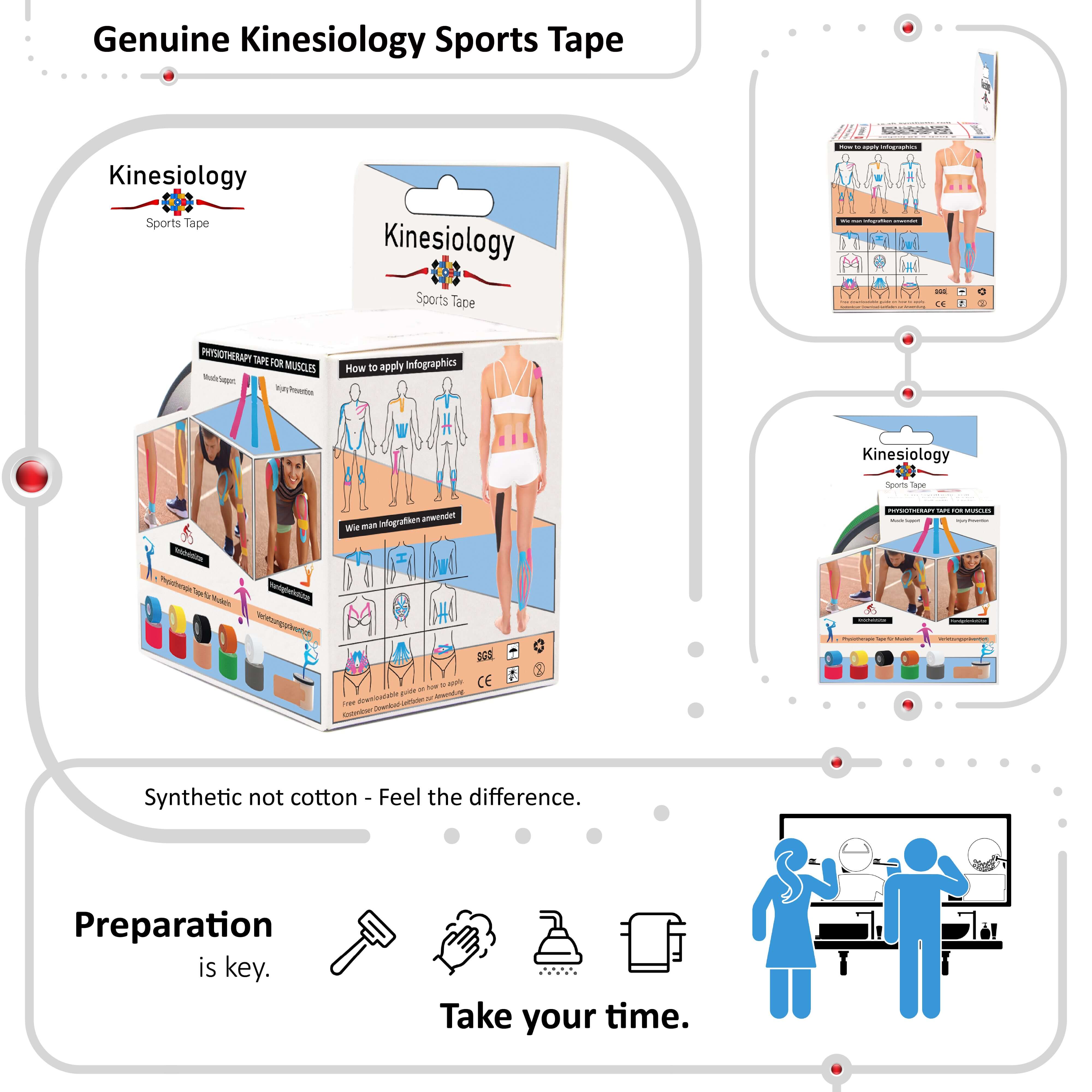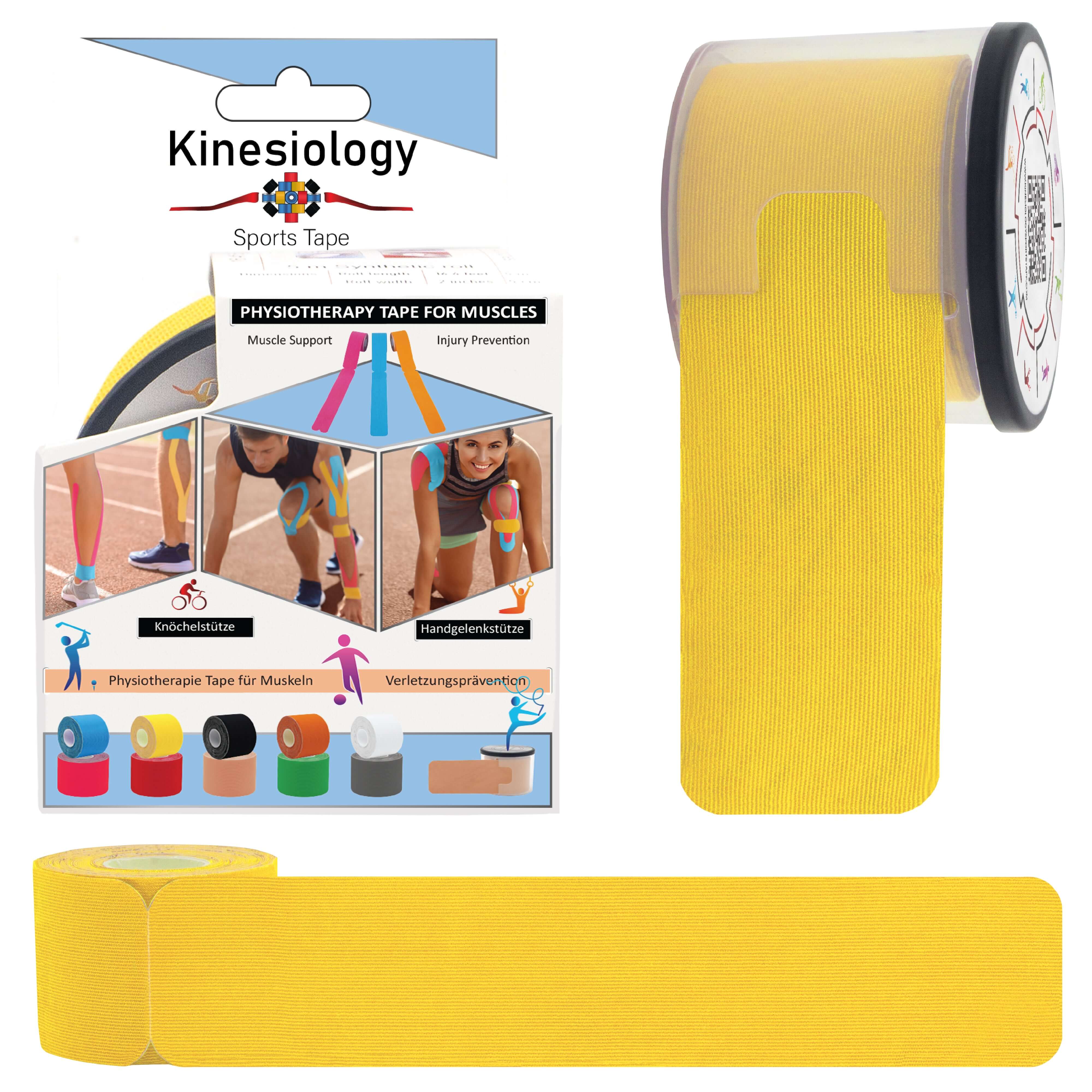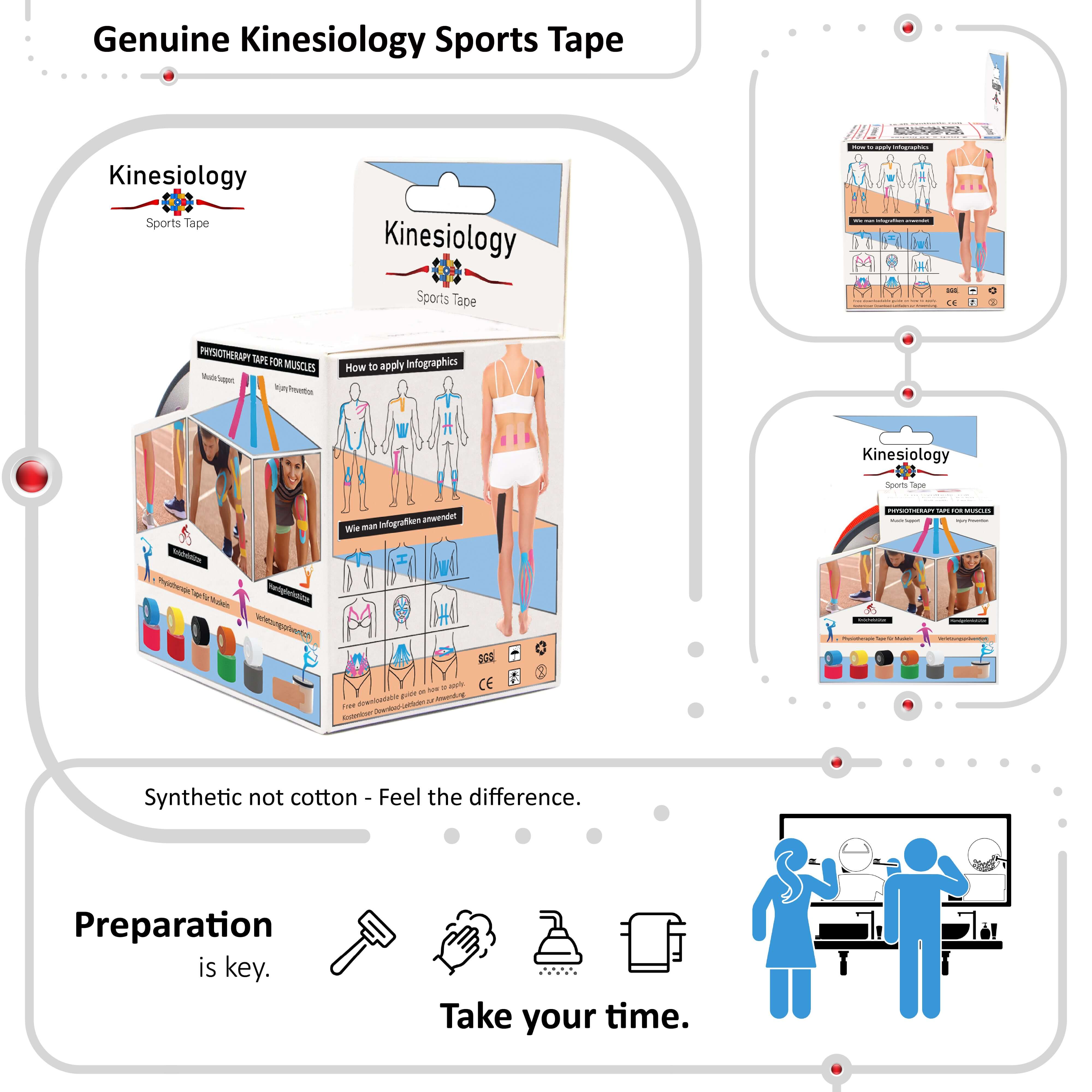
Top 10 Fascinating Facts About Kinesiology Tape: An In-Depth Exploration

Kinesiology tape has become a staple in the world of sports medicine, rehabilitation, and fitness, offering a versatile and effective solution for a myriad of conditions and purposes. While many are familiar with its distinctive colorful appearance and adhesive properties, there's much more to kinesiology tape than meets the eye. Here are the top 10 intriguing facts about kinesiology tape that shed light on its history, properties, and diverse applications:
-
Origin and Evolution: Developed in the 1970s by Japanese chiropractor Dr. Kenzo Kase, kinesiology tape was initially designed to mimic the skin's elasticity and provide support without restricting movement. Since then, it has evolved into a widely used therapeutic tool in sports medicine and rehabilitation.
-
Elasticity and Stretch: Unlike traditional athletic tape, which is rigid and restrictive, kinesiology tape is made from elastic cotton fibers that allow for a full range of motion. Its stretchiness mimics the elasticity of human skin and muscles, providing dynamic support and facilitating natural movement.
-
Activation of Proprioceptors: Kinesiology tape stimulates the skin's proprioceptors, specialized sensory receptors that provide feedback to the brain about body position and movement. This activation enhances proprioception, leading to improved neuromuscular coordination and balance.
-
Water-Resistant Properties: Many types of kinesiology tape are water-resistant, allowing athletes to wear them during water-based activities such as swimming or aquatic therapy. This feature ensures that the tape remains in place and retains its effectiveness even in wet conditions.
-
Muscle and Joint Support: Kinesiology tape provides support to muscles and joints by lifting the skin and creating space between the tissues. This reduces pressure on the underlying structures, alleviates pain, and enhances stability during movement.
-
Enhanced Circulation: The lifting effect of kinesiology tape improves blood and lymphatic flow to the injured or affected area, promoting faster healing and reducing inflammation. Improved circulation also helps flush out metabolic waste products and toxins from the tissues.
-
Customizable Application Techniques: There are various application techniques for kinesiology tape, each serving different purposes and targeting specific muscles or joints. Techniques such as "fan cuts," "I-strips," and "X-strips" allow for customized support and tailored treatment based on individual needs.
-
Wide Range of Colors and Designs: Kinesiology tape comes in a wide array of colors and patterns, allowing users to express their personal style while reaping the benefits of therapeutic taping. Vibrant colors not only add visual appeal but also serve as visual cues for proper application and alignment.
-
Non-Restrictive Nature: Unlike traditional bandages or wraps, which can constrict movement and circulation, kinesiology tape is non-restrictive and lightweight. Its breathable fabric and adhesive allow for comfortable, long-term wear without causing irritation or discomfort.
-
Versatile Applications: While kinesiology tape is commonly associated with sports injuries and rehabilitation, its applications extend far beyond the athletic realm. It can be used to manage chronic pain conditions, improve posture, support pregnant women, aid in pediatric therapy, and even enhance performance in dance and performing arts.
These fascinating facts underscore the versatility, effectiveness, and scientific basis of kinesiology tape as a therapeutic tool. Whether you're an athlete recovering from an injury, an individual seeking relief from chronic pain, or simply curious about its potential benefits, exploring the world of kinesiology tape can lead to exciting discoveries and newfound possibilities for health and wellness.

